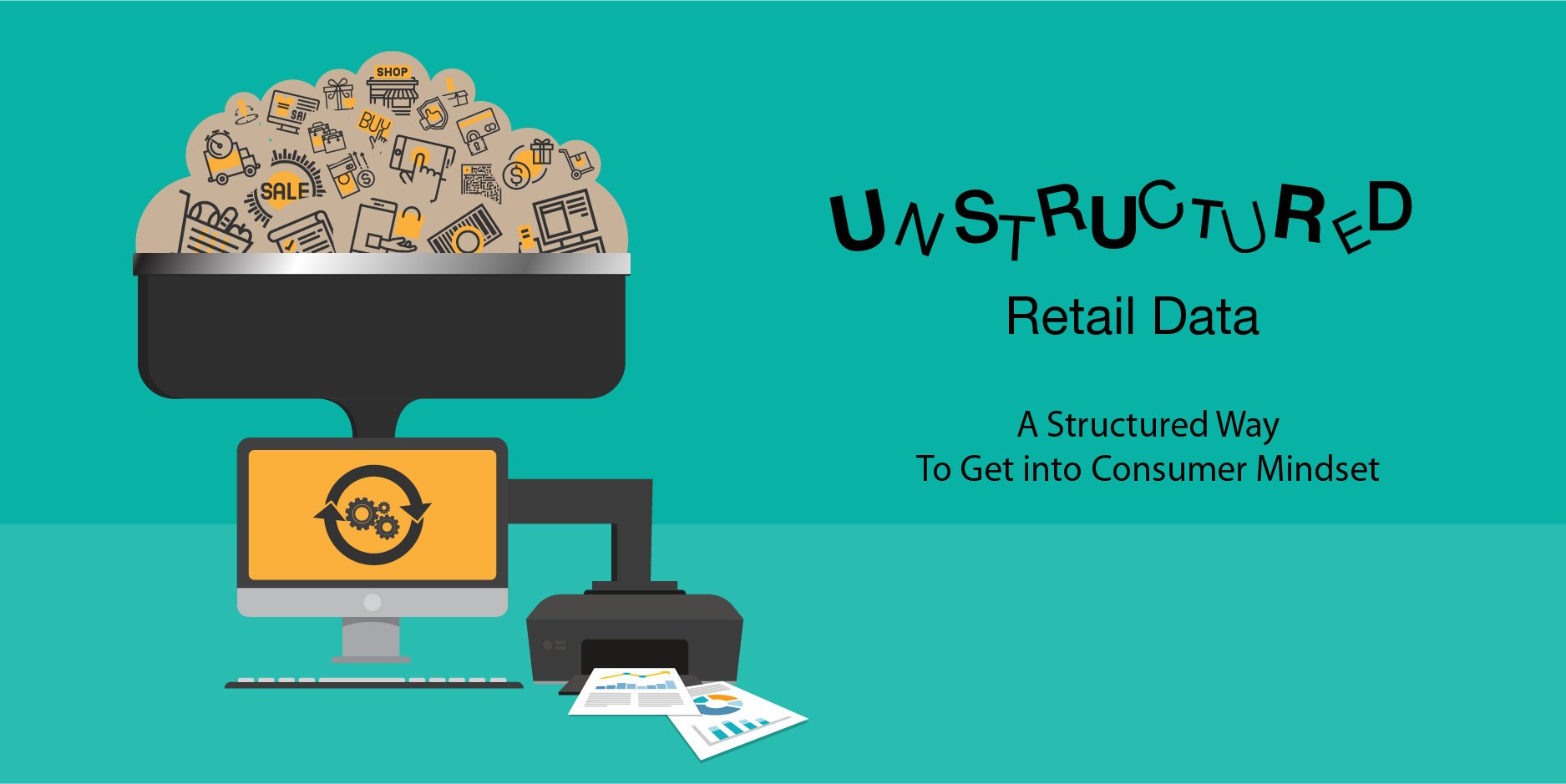
Customer shopping needs have grown significantly and so have grown their expectations. Access to new technologies gives customers those tools to compare offers, choose different methods to purchase, take delivery, and make payments. They want to have a choice where, when and how they buy while expecting consistent customer experience across bricks-and-mortar stores, online shops, or mobile applications. They want personal treatment, personalized offers, and personal interactions. On top of it, customers these days express their opinions about brands and customer service immediately and directly.
However, the challenge lies in the consumer data behind these engagements — or lack thereof. Right from collection and cleansing of multi-source consumer data comprising of social media feeds, information from customer calls and emails, and from supply chain to consumer behavior; has become more than essential an activity for retailers. All these data is on and above the data generated through user devices.
Key questions that often arise when looking at the wide gamut of structured, semi-structured and unstructured data are: Who is the customer, what are likes & dislikes, the purchase history, consumer life stages and lifestyle patterns? How to determine customer sentiments, strategize according to e-discovery requirements, and personalize customer offerings? On top of it, research suggests that data will grow 800% over the next five years and 80% of that data will be unstructured – it is really a matter of concern.
Organizations across the globe are aggressively building in-house analytics capabilities to harness the benefits of analytics. But it just won’t help as they are yet to discover the secret recipe of “converting unstructured data to structured formats” that makes it all work. But, how should retailers get started?
Dealing with unstructured data
E-commerce players are sitting on humongous data, and unfortunately most of which is unstructured in nature. The abundance of data in form of free flow text is adding to retail data repositories. Analytics techniques available are all about analyzing structured data, but none or very less talk about analyzing natural language data.
Adhering to enlisted steps can help retailers, tease insights from unstructured data–to–make sense of those numbers and identify show-stopper issues, pay increased attention and consider them for automation.
- To start with gleaning insights from disparate data sources, as unstructured data comes in various forms including emails, voice files of customer calls, streaming videos, weblogs and even chat transcripts.
- The next step is to conclude the type of retail analytics your enterprise wish to opt, for presenting complex datasets in comprehensible manner; by understanding what is it that you are looking for in terms of trends, quantity, customer behavior, cause and effect of a particular instance – or is it something completely different.
- As an enterprise, you will have to decide upon the technology stack that will be used for data storage and data ingestion of real-time, high availability, multi-tenancy, and unstructured web/security logs, and map business requirements to it respectively.
- Identifying and implementing best practices for information storage in data lakes, as is, till the time it becomes useful and ready to be sent to a data warehouse.
- While the data waits to be prepared to send for storage – removing whitespaces and symbols as part of data cleansing, is advisable. This should be followed by removing duplicate records, treating it for missing values, and expunging off-topic information.
- Leveraging parts-of-speech tagging to create a term frequency matrix for assessing the word pattern and flow of the text, as part of the semantic analysis and natural language processing – NLP, should be undertaken.
- Establishing the relationship among data sources and extracted customer entities, along with design and structured database – as per the specifications.
- Classification and segmentation of data for dipper understanding of future product recommendations, overall market and business trends and introduction of new products and services.
- Visualize answers, in form of tabular and graphical formats, to the retail data analytics done to attain actionable insights, measuring ROI, hard in dollars and also in form of improved processes, effectiveness and over improvement in the productivity.
Clean up your act
Structured data helps in predicting customer behavior; however, analyzing unstructured data helps in unearthing reasons for such behavior. Magic recipe is to combine structured, semi-structured and unstructured data, – and analyze it for that 360-degree customer view. Information from information or customer data generated and collected from social media and machine logs are growing important to organizations to cull out unique content and diagnostic intelligence – helpful only if analyzed.
Conventional data scientists and their best practices will get obsolete real fast unless they brace up with new skill sets for analyzing unstructured data.



